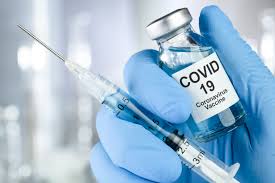The Employer Information Report EEO-1 Component 1, or the EEO-1 Component 1 Report, is now open (April 26). The deadline to submit and certify the EEO-1 Component 1 Report is Monday, July 19, 2021. Organizations can file their information through the new EEO-1 Component 1 Online Filing System. The new website is easier to use and contains more information for employers.
Previous filers will receive their company’s annual notification letter by U.S. mail. The letter will include your company ID and passcode, which are required to create your company’s account in the new Online Filing System. All companies will need to create an account in the EEO-1 Component 1 Online Filing System.
Eligible companies are required to first file and certify the 2019 EEO-1 Component 1 Report, then file and certify the 2020 EEO-1 Component 1 Report after the 2019 report is submitted. Companies must file the EEO-1 Component 1 Report for 2019 and 2020 if they were in business and met the filing requirements for that year.
Click here to answer 4 questions to determine if your company needs to file.
What information do you need to file an EEO-1 Report?
- Company ID and passcode (provided via U.S. mail for previous filers or at registration for new filers)
- Company EIN, NAICS Codes, and DUNS Number
- Address and EINs of all establishment locations
- Count of all full and part-time employees during the workforce snapshot pay period selected by the employer
- Sex and race/ethnicity of all employees
- Job categories of all employees
The EEO-1 Component 1 Filer Support Team is available Monday-Friday 9:00AM-8:00PM EST. You can contact the Filer Support Team at [email protected] or toll-free at 855-EEOC-035 (855-336-2035).
Have questions about Human Resources, or think your company might be interested in fractional HR services, give us a call at (727) 350-0370.









